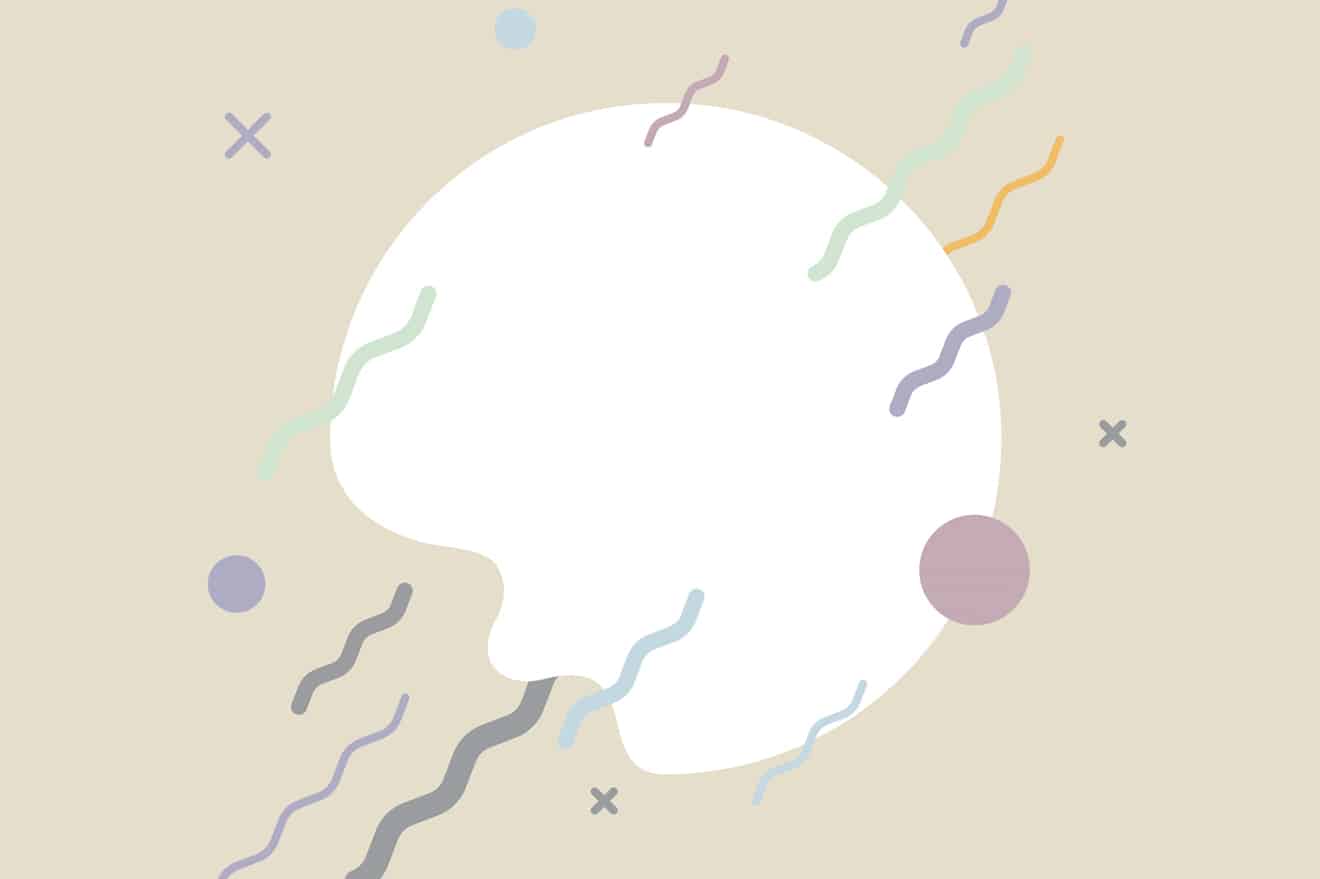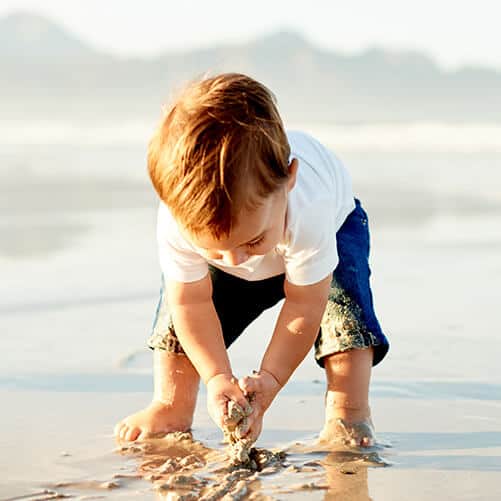11 May 2022
Louisa Ghevaert was delighted to attend the EDNA study end of project webinar on 10 May 2022 “From scarcity to sisterhood: exploring the complexities of egg donation in Europe”. Louisa has been involved with this important research project exploring egg donation practices and governance as an expert member of the international Egg Donation Stakeholder Advisory Group (EDNA) since 2017 led by Professor Nicky Hudson at De Montfort University’s Centre for Reproductive Research (CRR). The EDNA study webinar on 10 May 2022 highlighted many important findings and issues including the multiple and evolving narratives around egg donation, how vitrification is contributing to the transformation of egg donation enabling new practices and business models and the different ways egg donation is regulated.
The EDNA research study
The EDNA study looked at egg donation practices and governance in the UK, Belgium and Spain. The research study was funded by the UK Economic and Social Research Council (ESRC) with the aim of:
- Mapping and analysing the policy of egg donation in each country.
- Analysing and comparing donor recruitment strategies.
- Exploring the experiences and perceptions of egg providers and professionals.
- Developing recommendations for policy and practice.
The research was undertaken by the Centre for Reproduction Research (CRR) at De Montfort University in the UK in collaboration with Bioethics Institute Ghent, in Belgium and the Consejo Superior Investigaciones Científicas (CSIC) in Spain.
Egg donation overview
The first egg donation baby was born in 1984, six years after the birth of the world’s first IVF baby (Louise Brown) in 1978. Since then a lot has changed with the development of new assisted reproductive technologies and treatments. Since 1998, figures for egg donation have increased from 2% of all global ART cycles to 7.5% in 2017. Back in the 1980’s, egg donation was usually practised on a small scale involving one woman providing eggs to another woman who was in a heterosexual relationship. Fast forward nearly 40 years and egg donation is now used in a wide range of situations including in cases of age related fertility decline, for gay males conceiving through surrogacy and for patients embarking on cross-border fertility treatment programs. We are also seeing the development of a growing egg bioeconomy with the emergence of egg banks, brokers and commercial supply of eggs.
Egg donation narratives
The EDNA study demonstrates that there is no unified context for egg donation across Europe. Different narratives around egg donation are developing in different countries. In the UK, egg donation is characterised as a scarce gift with an enduring responsibility for egg donors (as an identity-release donor) that is altruistically motivated by women who are often mothers already. In Spain, there is messaging around a mutually beneficial sisterhood. The study found there is no shortage of eggs in Spain and egg donors are typically provided by young healthy women with no sense of a lasting relationship because Spanish egg donation is practised on an anonymous basis. In contrast in Belgium, a biomedical narrative has developed around egg donation.
Types of egg donation
The study found that egg donation takes many complex formats, including:
- Anonymous donation – the egg donor and recipient are unknown to each other.
- Identity release donation – the donor conceived individual has the legal right to identifying information about their donor when they reach age 18.
- Cross-over donation – eggs are provided to an unknown recipient or egg bank in return for a nominated person to receive donor eggs from a different provider.
- Egg sharing – the egg provider and recipient are both undertaking fertility treatment and the egg provider receives treatment at a free or discounted cost.
- Freeze and share – egg sharing in exchange for reduced cost egg freezing/storage.
- Intra-family donation – e.g. from mother to daughter or sister to sister.
- Intra-partner egg sharing – involving a same-sex female couple where one partner provides the egg and the other partner carries the pregnancy.
- Straight surrogacy – surrogate provides the egg as well as carries the pregnancy.
- Open donation – egg provider and recipient are known to each other from the outset but are not family members.
Vitrification of eggs
The EDNA study also found that vitrification (flash freezing) of eggs is contributing to the ongoing transformation of egg donation, enabling new practices and business models to emerge. Prior to vitrification, egg donation was usually practiced in a fresh cycle where the egg provider and recipient needed to synchronise their treatment and there was very little freezing of eggs. This did not encourage the retrieval of many eggs, any surplus eggs tended to be preserved as embryos and most egg providers were recruited locally.
In contrast, vitrification enables egg donors and recipients to attend fertility clinics for treatment at different times. It also enables better and more effective matching (e.g. from a physical, ethnic or genetic perspective). Furthermore, it enables more eggs to be retrieved and stored in batches for later use. These vitrified eggs can now be stored for years and traded nationally and internationally, resulting in the growing emergence of egg banks. The study found that vitrification of eggs now accounts for one third of the total egg donor cycles of treatment in Spain in 2021.
Egg donation law and policy
The EDNA study also looked at the different ways in which egg donation is currently regulated. Whilst the EU Tissues and Cells Directive 2004 and 2006 provides regulation under EU law, there is country-level variation where EU level law is adopted into individual state laws. In the UK, egg donation is regulated by the Human Fertilisation and Embryology Act 1990 (as amended) with fertility clinic oversight by HFEA licensing and inspection of clinics. Egg donation has also been practised in the UK on an identity release basis since 2005.
In Belgium, egg donation is regulated by the Law on Medically Assisted Reproduction 2007 and via the College of Physicians for Reproductive Medicine established in 1999. Egg donation in Belgium is typically practised on an anonymous basis.
In Spain, egg donation is regulated by the Human Assisted Reproduction Law 2006 and via the Comision Nacional Reproduccion Humana Asistida (CNRHA) established in 1997. Egg donation is practiced in Spain on an anonymous basis.
Specialist fertility and egg donor law
Demand for donor eggs and access to assisted reproductive technology (ART) will continue to be an important feature of family building moving forward. Egg donation and fertility treatment also creates many challenging legal issues for parents, children and donors.
Specialist fertility and family law advice helps navigate many complex legal and wider issues associated with fertility treatment, donor conception, surrogacy, known donation, intra-family donation, co-parenting arrangements and complex personal situations. It can create a bespoke family building legal and practical action plan to understand options and make informed decisions about conception, family creation, biological identity and legacy, upbringing of donor-conceived children as well as legally document arrangements in writing. As such, it helps navigate many complex fertility and family law issues and disputes, including:
- Issues associated with domestic or overseas gamete (e.g. egg) donation or following a complex personal situation.
- Preparation of a bespoke written Known Donor Agreement.
- Preparation of a written Co-Parenting Agreement.
- Legal parentage disputes with a donor, co-parent or surrogate.
- Legal parentage disputes with a UK fertility clinic following donor conception (e.g. problems and omissions with HFEA consent forms).
- Acquisition of legal parentage following a domestic or international surrogacy arrangement with gamete (e.g. egg) donation.
- Care and upbringing of children following a dispute with a donor, co-parent or surrogate.
- Issues associated with DNA-testing and genomics in family building through fertility treatment, donor conception and in later life.
- Legal and practical options for those with rapidly declining age-related fertility (e.g. fertility preservation and maximisation, management of existing personal relationships and implications of using donor gametes).
- Difficulties with storage and use of frozen gametes and embryos in fertility treatment in the UK (e.g. problems with consent).
- Problems associated with import of frozen gametes and embryos into the UK for use in fertility treatment (e.g. due to anonymous and commercially obtained gametes and embryos which engage UK public policy restrictions).
- Issues with the export of frozen gametes and embryos abroad for use in fertility treatment.
Need a fertility lawyer or a family lawyer? If you would like to discuss your family building needs or you would like specialist fertility, donor conception and family law advice contact Louisa Ghevaert by email louisa@louisaghevaertassociates.co.uk or by telephone +44 (0)20 7965 8399.
Click here to find out more about the EDNA research study.



